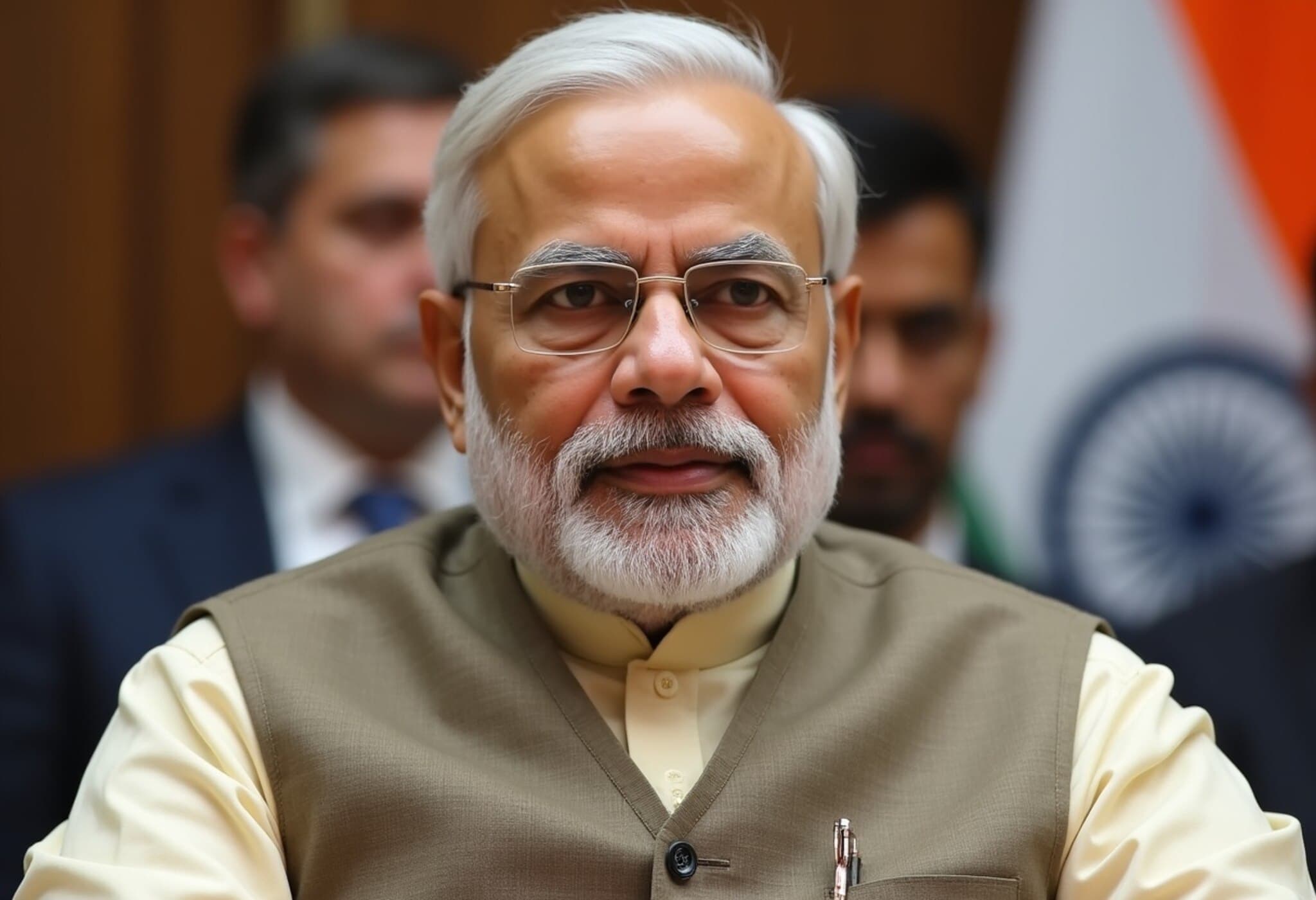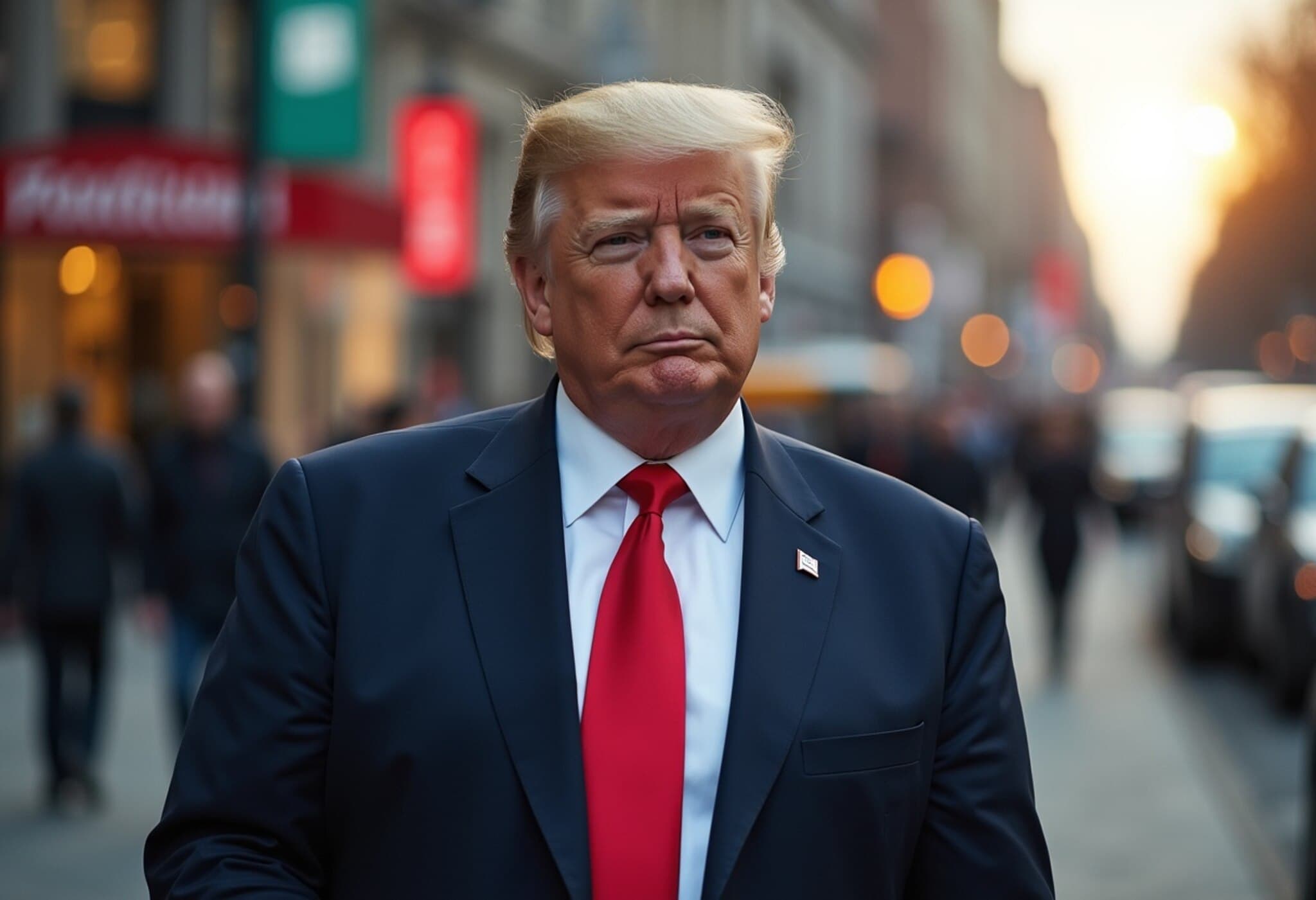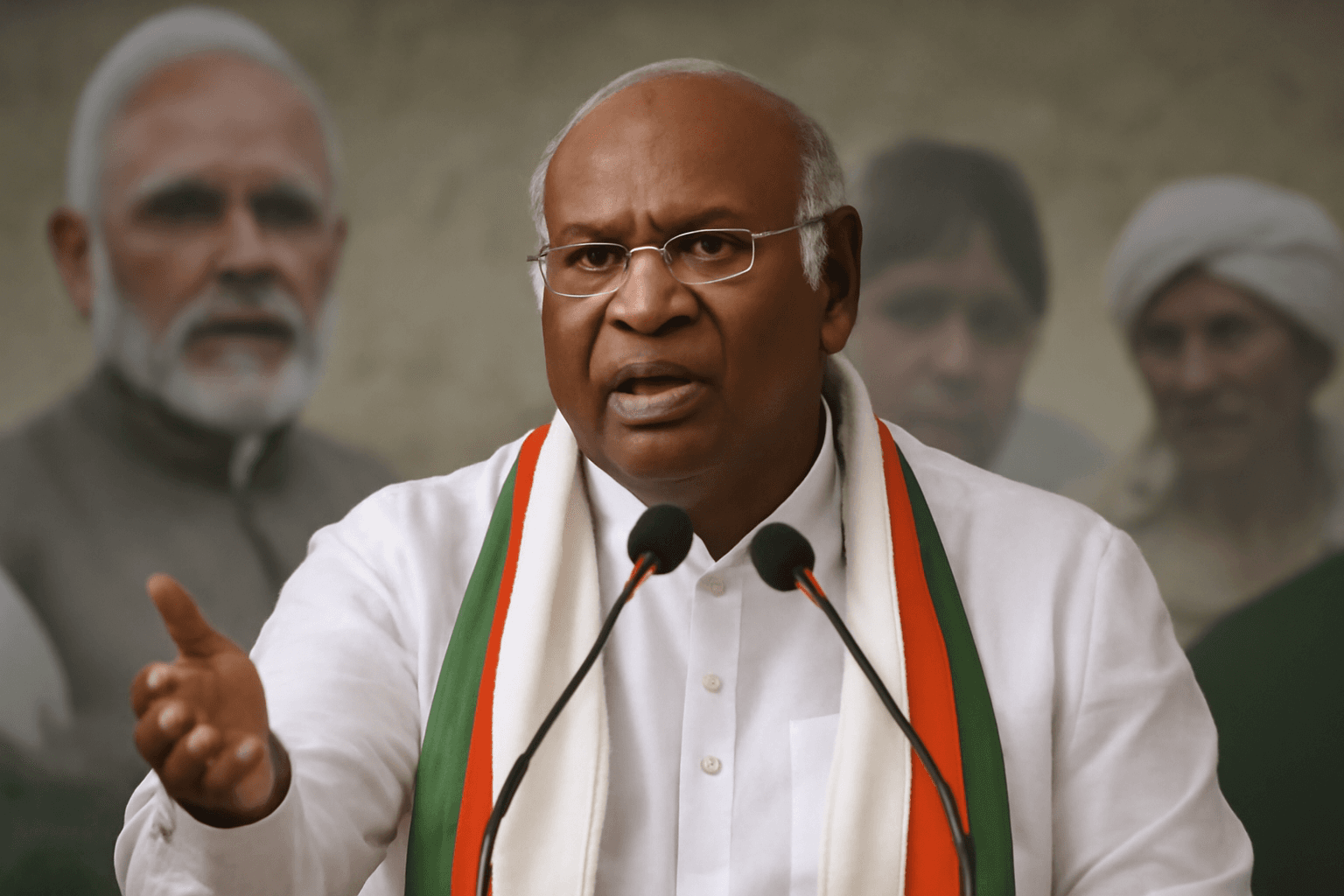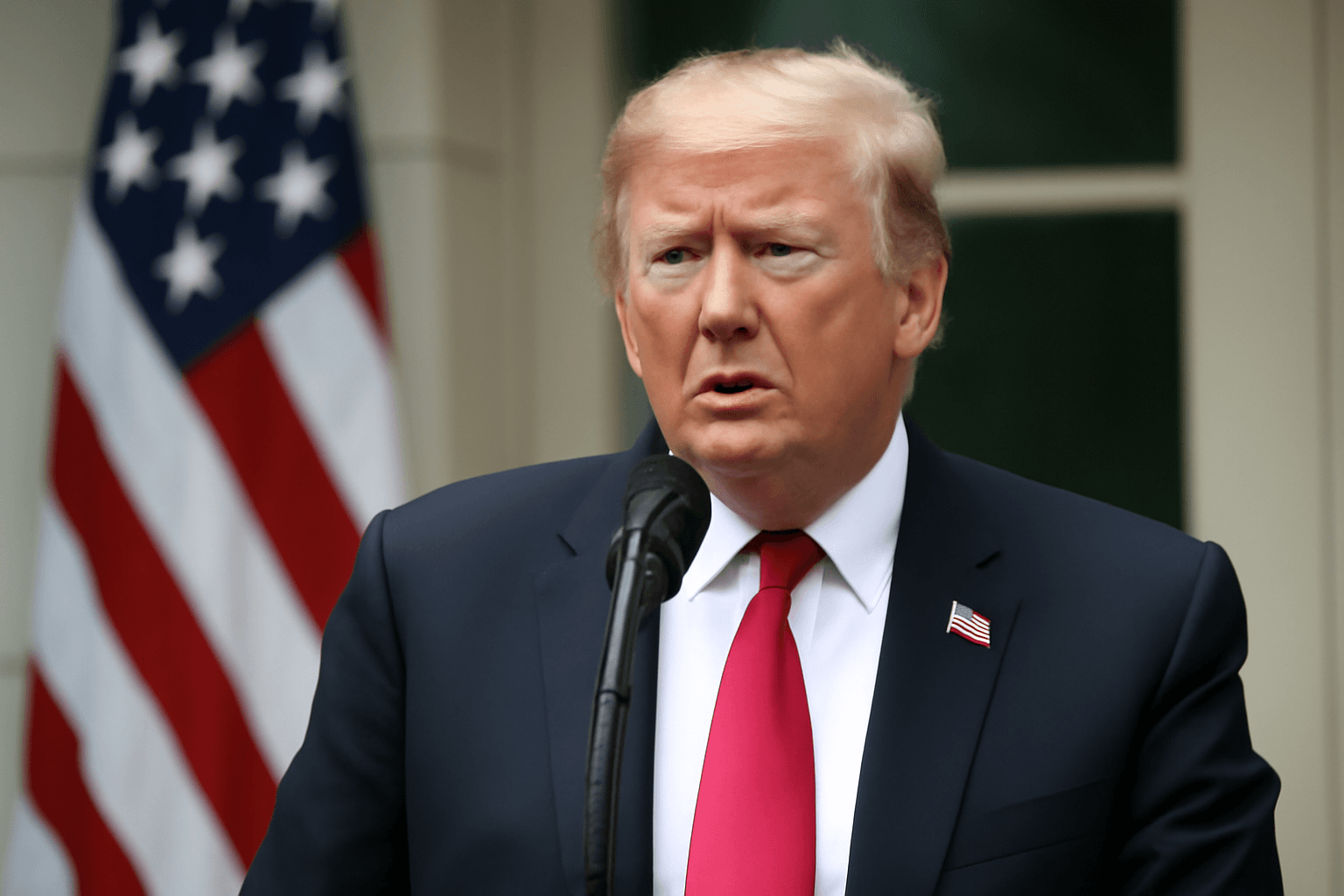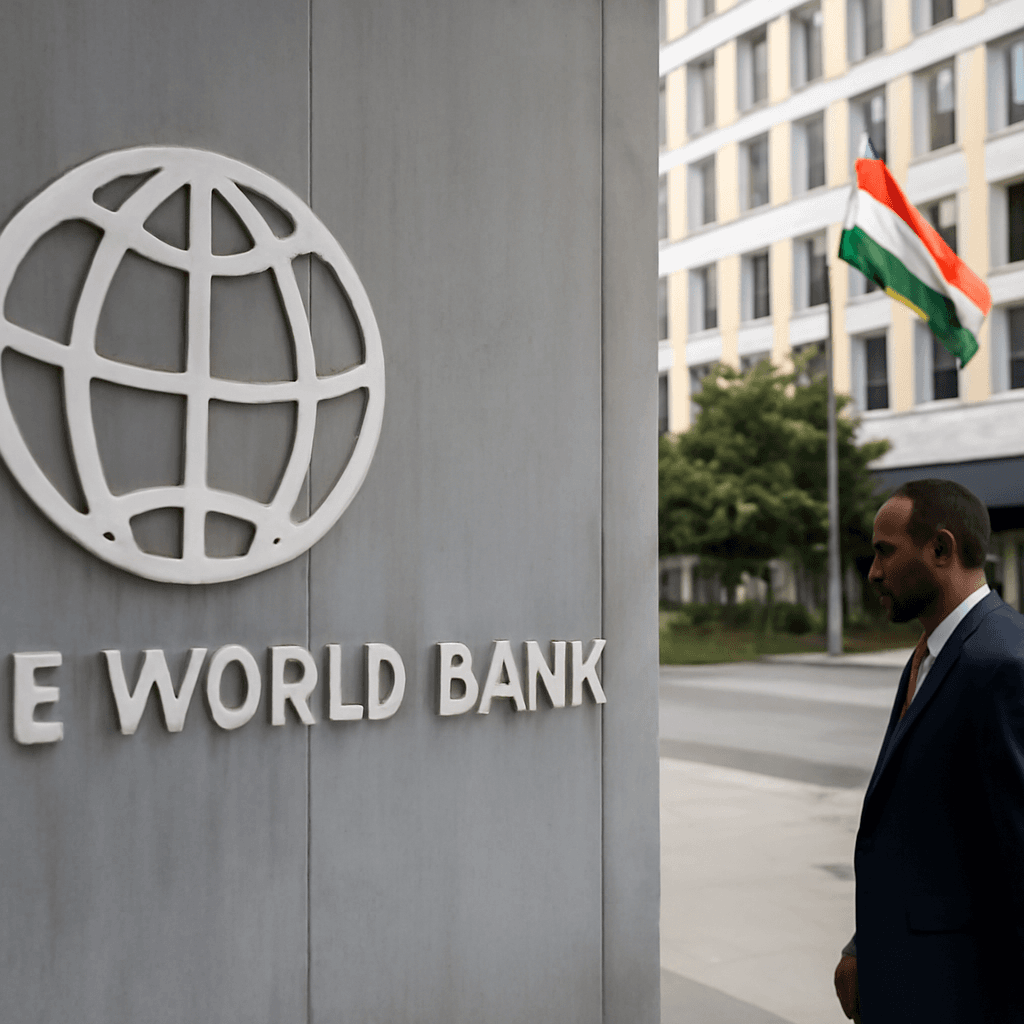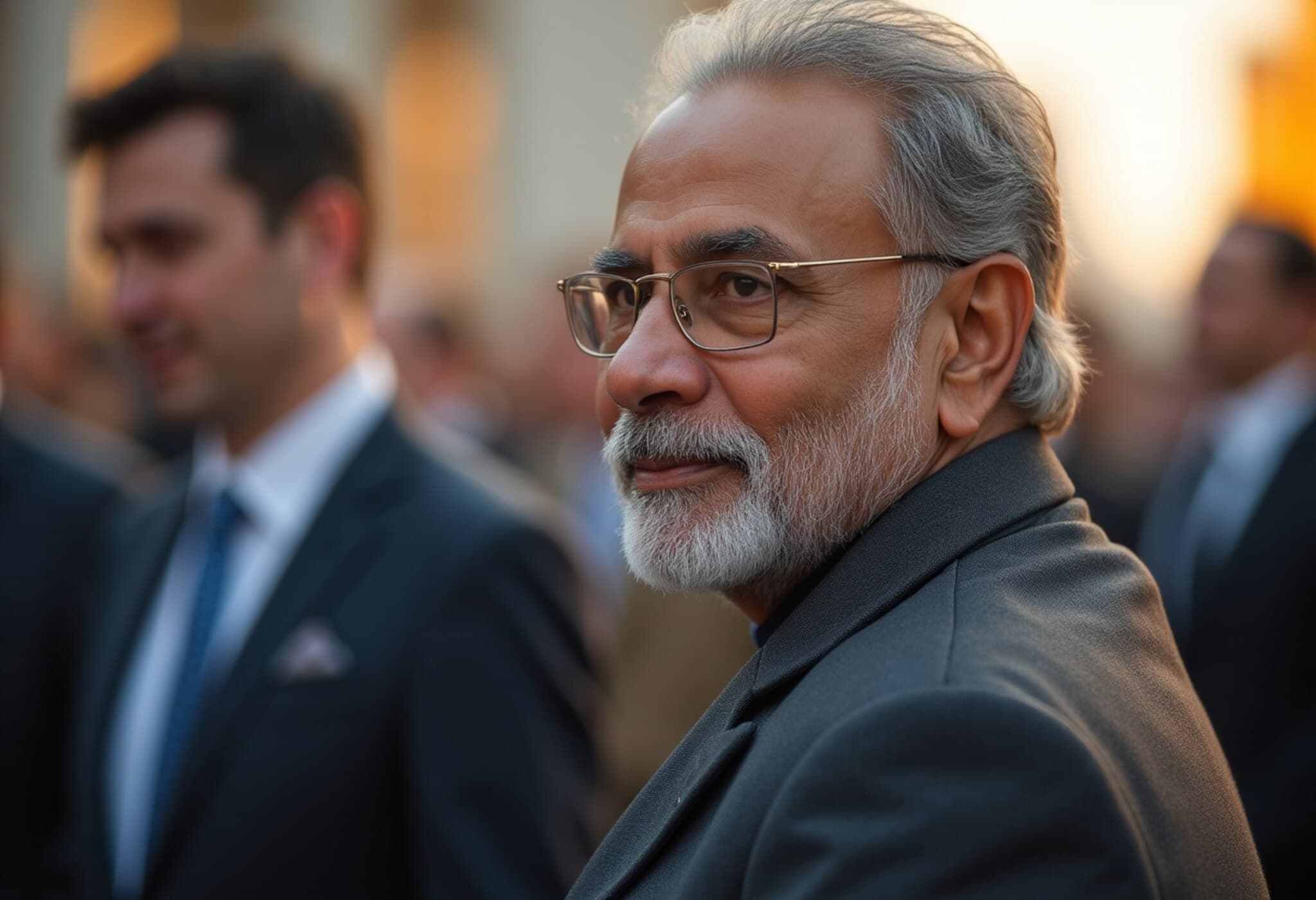PM Modi Highlights India's Role in Reviving Global Economic Growth
On August 23, 2025, Prime Minister Narendra Modi delivered a compelling message from New Delhi underscoring India’s rising economic influence on the world stage. Invoking the guiding principle of “reform, perform, and transform,” Modi expressed confidence that India is on a trajectory to invigorate the sluggish global economy by soon capturing a 20% share of global GDP, according to leading economists and analysts.
India’s Emerging Economic Power
With a steadfast focus on innovation-driven reforms, Modi emphasized that India is not just aiming to become the world’s third-largest economy but also targeting developed nation status by 2047 — coinciding with 100 years of independence. “Our momentum is underpinned by commitment, not crisis-driven reaction,” Modi remarked, highlighting how reforms in India are systematically aimed at long-term resilience and sustainability.
Next-Generation Reforms and GST Overhaul
One of the marquee announcements made by the Prime Minister was the upcoming rollout of next-generation Goods and Services Tax (GST) reforms. Designed to simplify an often complex taxation framework, these reforms are expected to be completed before the festive season of Diwali, with a goal to reduce prices for consumers and enhance compliance ease for businesses.
“Reforms are a matter of conviction,” Modi stated, reflecting on India’s ongoing efforts to remove bureaucratic hurdles and unlock new investment opportunities.
- Upcoming reforms to focus on key sectors such as clean energy, quantum technology, battery storage, advanced materials, and biotechnology.
- Expected outcomes include increased manufacturing, a boost in market demand, and the creation of new jobs.
- Improvements targeted at enhancing both the Ease of Doing Business and Ease of Living for citizens.
India’s Electric Vehicle Exports to 100 Countries: A Green Milestone
Apart from macroeconomic forecasts, Modi shared ambitious plans positioning India as a global hub for electric vehicle (EV) manufacturing and exports. India will soon export EVs to more than 100 countries, a feat signaling the nation’s deepening commitment to sustainable and green mobility.
At The Economic Times World Leaders Forum, Modi teased a significant programme scheduled for August 26, 2025, linked to this initiative but withheld further details. This bold step aligns with international efforts to reduce carbon emissions and exemplifies how India aims to lead in future technology sectors.
Expert Perspectives: What This Means for Global and U.S. Economies
India’s projected ascent to holding 20% of the world’s GDP is a significant pivot in the post-pandemic global economic landscape. Experts underscore that India's youthful demographic dividend, rapid digitization, and an open-market policy framework are vital engines for sustained growth.
From a U.S. and Western perspective, India's economic dynamism offers both opportunities and challenges:
- Investment Destinations: American companies eyeing emerging markets find India increasingly attractive for partnerships, particularly in technology, manufacturing, and clean energy innovation.
- Geopolitical Realignments: India's growth influences global supply chains and trade partnerships, urging the U.S. to recalibrate its Indo-Pacific economic and strategic policies.
- Climate Commitments: India’s push towards electric vehicles and clean energy can accelerate the global green transition, complementing U.S. climate goals.
Underreported Angles
While much attention is given to headline GDP growth figures and reforms, it is vital to recognize the ongoing challenges behind these optimistic forecasts: structural inequalities, infrastructure gaps, and regional development disparities still pose risks to inclusive growth.
Moreover, the implementation pace of reforms and their reach to small and medium enterprises (SMEs) will be decisive in shaping the actual economic impact felt across India’s diverse population.
Looking Ahead: Opportunities and Questions
India’s ambition to elevate its global economic footprint invites several important questions for analysts, policymakers, and investors:
- How will India balance rapid growth with ensuring environmental sustainability and social equity?
- What concrete measures will accompany the GST overhaul to deliver tangible relief to consumers and businesses?
- How will global markets adapt to India’s expanded role, particularly in technology and green energy sectors?
- What will be the implications for workforce development, considering emerging tech demands?
As the world watches India’s evolution, these questions remain central to understanding the real shape of tomorrow’s global economy.
Editor’s Note
Prime Minister Modi’s vision for India encapsulates a bold narrative of transformation, market liberalization, and technological leadership. While the projections of achieving a 20% share in global GDP signpost an exciting future, the journey hinges on effective reform execution, infrastructure enhancements, and sustained private sector engagement.
For global stakeholders, India’s rise is an invitation to deepen cooperation but also to thoughtfully navigate a rapidly shifting geopolitical and economic environment. The commitment to exporting electric vehicles and advancing clean technology signifies India’s expanding role as a pivotal player in the green transition—a narrative that deserves broader international attention and support.
The unfolding developments merit close monitoring, especially for their ripple effects on U.S.-India economic relations, global supply chains, and the evolving technological frontier.

